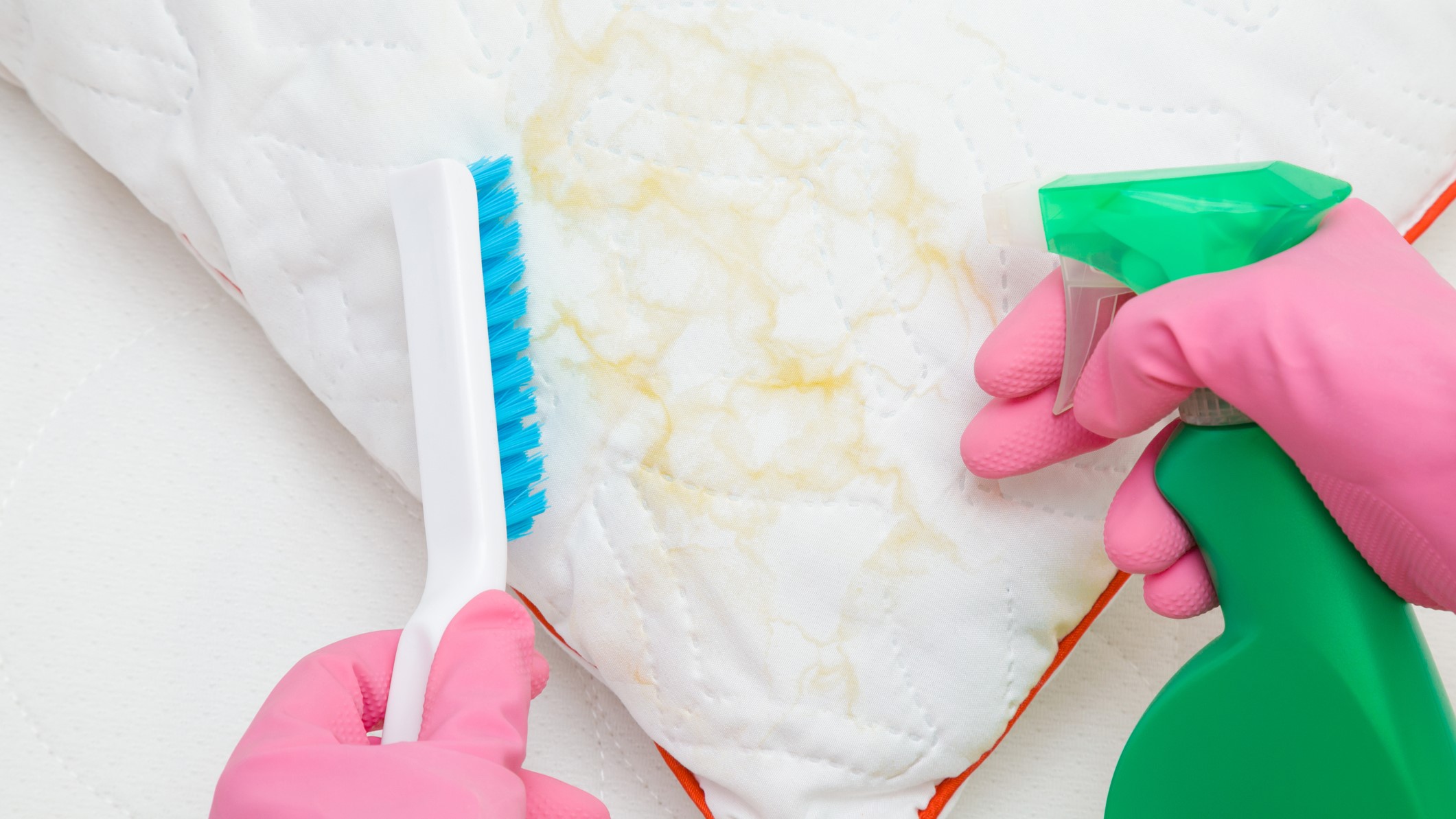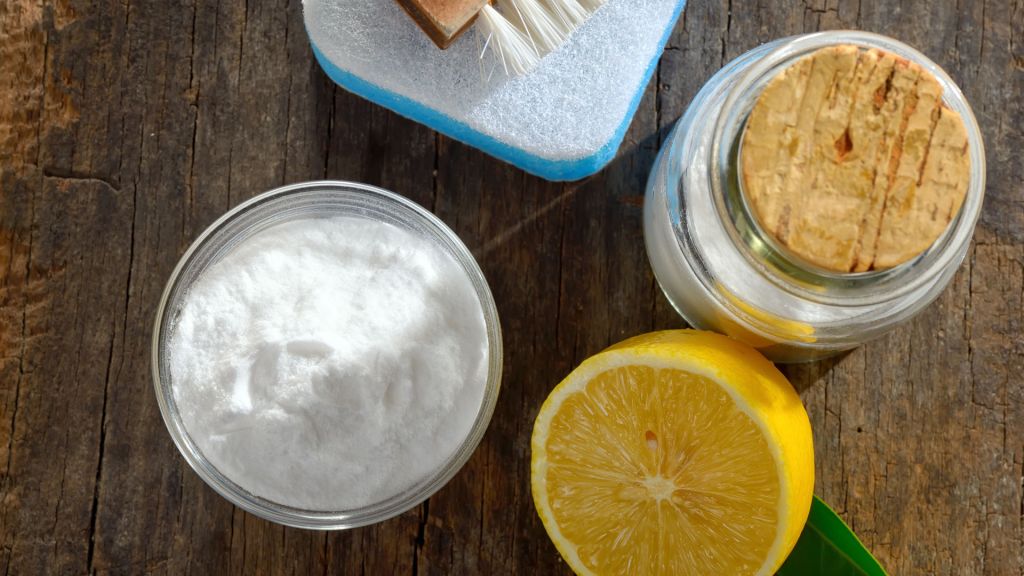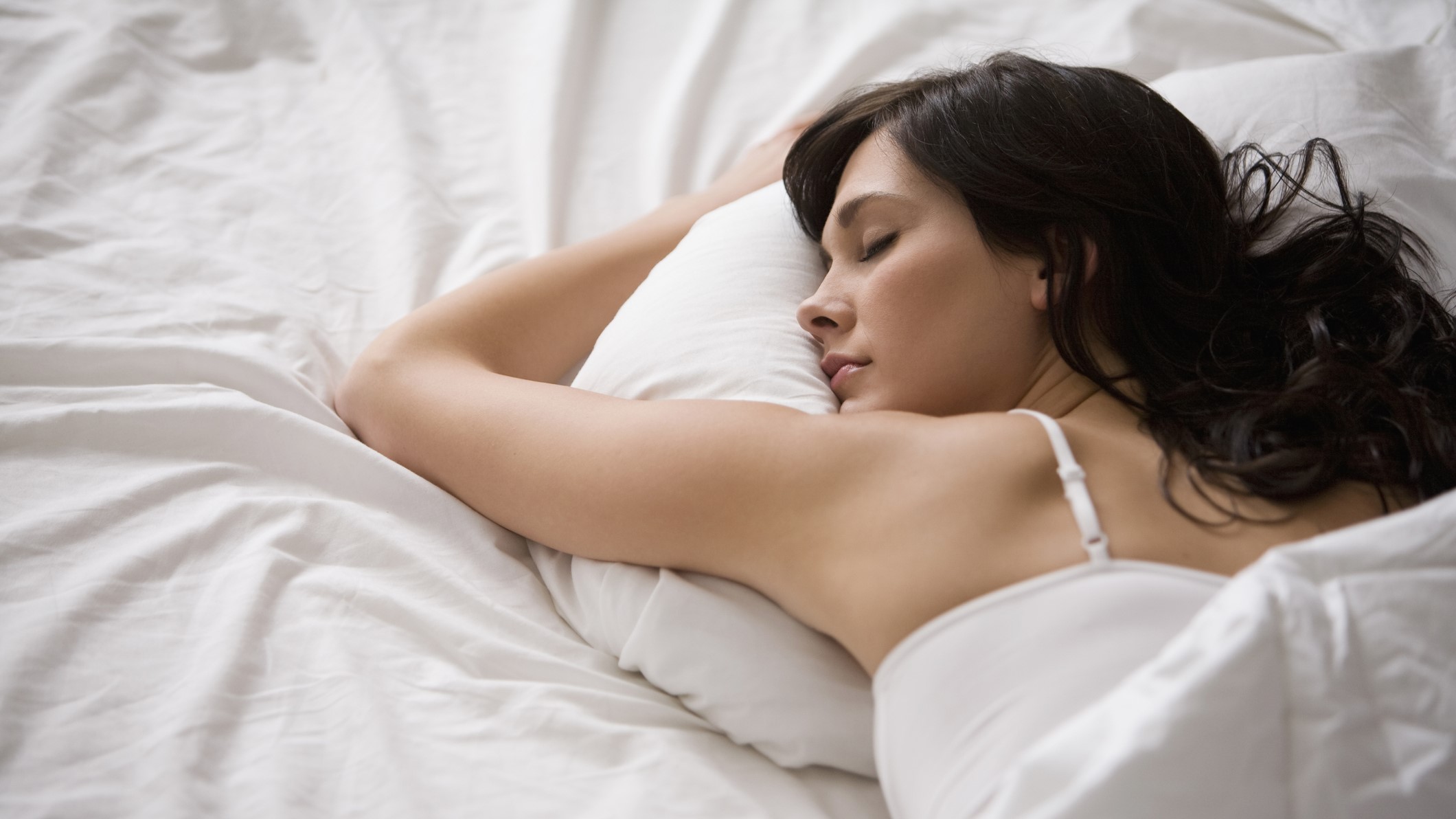Everyone knows the importance of regularly cleaning their bed sheets, but it’s equally important to learn how to clean your pillows properly too. The best pillows for sleeping are extremely varied in their designs, with memory foam and gel options being a little more complex to clean compared to traditional feather or microfiber alternatives.
Worry not though, as regardless of your pillow of choice or your method of cleaning, all the information on how to clean pillows is right here in this guide, so you can sleep a little easier. That includes instructions on the best natural cleaning methods and how to clean feather pillows too. And as we're celebrating Sleep Week 2021, there's no better time to think about your bed hygiene.
If you own one of the best mattresses, chances are you probably have pillows picked out just right to match, and you’ll want to retain the quality of both of these as you wash them. You can pick up tips for cleaning your mattress in our guide, so your whole bedroom feels fresher when it comes to bedtime.
Keeping up a cleaning routine is super important when it comes to all things sleep, but it’s also important to invest in new pillows or even a new mattress every so often, to really maximize your chances of relaxation. Lots of the best Purple mattress deals, as well as the best Caspar mattress deals and the best Saatva mattress discounts, will throw in a complementary set of pillows when you make a purchase too, so it’s worth keeping an eye on how you could transform your bedroom.
How often should you clean your pillow?
Along with many other household essentials, you should aim to clean your pillows on a quarterly basis. That means setting aside some time at least every three months to rid your pillows of allergens and germs, as well as any build-up of sweat and dead skin.
It's important to clean your pillows more often than you may clean your mattress because you consistently rest your face on it every night. Particularly if you sleep on your side, a buildup of bacteria, oils and dirt in your pillow may either cause or be a contributing factor to acne.
If you experience allergies, you should also consider cleaning your pillow on a regular basis. Dust mites, although not as dangerous or disruptive as bed bugs in a mattress, can still live within the fabric of your pillow. Because they're so small you will not see them lurking, but that doesn't mean they're not affecting you as you sleep. If your allergy symptoms are particularly bad when you're in bed, or when you've just got up for the day, dust mites could well be the culprit.
How to clean a pillow

This is the easy bit, and odds are it applies to you. If you have a front load washer, or one of the larger models you can buy, you can simply place it on a gentle setting and add your pillows for a wash.
It's better to opt for a machine without an agitator, because these could damage your pillow. An impeller will spin your laundry instead of rubbing against them, which is less likely to put them out of shape or break them than an agitator would.
Most feather and synthetic pillows can be placed in a washer, and even the Purple Harmony Pillow, which has a complex Talalay Latex Core, is suitable for machine cleaning. You should always check on the label of your pillow though. Some, such as the Tempur-Pedic pillow, may only have machine washable covers, and others may need to be completely washed by hand.
Here's how to clean your pillows in a washing machine
1. Pre-treat any stains
If you're wondering how to get out those pesky yellowed stains from your pillow, the trick is to spot treat them before washing. You can do this by choosing some of your favorite detergent and massaging a small amount into the specific area. Leave this for around an hour before placing your pillow in the machine.
2. Choose a gentle cycle
Most washers have a gentle cycle, suitable for delicates or natural fibers such as wools. Although your pillow may be able to handle something stronger, this could disrupt the filling and cause it to become lumpy and uncomfortable.
3. Add your pillows, with a little detergent
Your pillow's label should indicate the appropriate washing temperature, but keeping your wash warm and not hot is always a safe bet. Even a cold cycle, with the correct amount of detergent for how full your machine is, will clean your pillow perfectly well.
Can you put pillows in a dryer?
Yes, you should be able to dry most pillows in a dryer. Both pillow and synthetic pillows sound be dried on a low heat setting, and be sure to plump them often to avoid any clumping. There are a few ways you can prevent your pillows from becoming misshapen, including adding dryer balls to your cycle. Dryer balls will keep your pillows separated and, because they retain heat well, they will also speed up the drying process by circulating warm air as you dry.
Because they're thick and bulky, pillows will take a while to dry. If they don't dry completely though, you'll be faced with musty and sometimes even moldy pillows. If you're able, we suggest leaving them in a sunny spot until they're dry through. For homes with few sunny spots or a cooler climate, put your pillows near a heater for a day or so to dry through. Be careful not to put them too close though, or they could singe or even be a fire hazard.
Can you put memory foam pillows in a washing machine?

It's always best to follow the specific guidance on the tag of your pillow, but as a general rule you should not not put your memory foam pillows in your washing machine. The heat of a washer and the volume of water can damage the quality of the foam, and because it is far denser than a standard pillow, you'll struggle to dry your memory foam pillow if you put it in a machine. Not to mention, placing your memory foam pillow in a dryer is a very bad idea.
Memory foam is less susceptible to dust mites than a down or synthetic pillow, so your cleaning demands will also be different.
If your memory foam pillow is stained, you can gently spot clean with a mild detergent to shift the stain. Be careful not to rub too hard as this can cause the foam to break and tear. When you're done spot cleaning, dab the area with a dry microfiber cloth to dry it, and then leave it to air dry in a well ventilated and warm room.
If your memory foam pillow smells, it's time to use some of our favorite natural cleaning ingredients. Baking soda is known for its ability to shift stubborn smells, and you'll need only this, water and vinegar to tackle a smelly pillow.
1. Generously spritz the surface of your memory foam pillow with a mixture of one part vinegar, two parts water, before dabbing away any excess liquid.
2. Then top your pillow with a gentle sprinkle of baking soda, and leave overnight to let the soda do its work.
3. Clean away your baking soda using a handheld vacuum on its most gentle setting, and your pillow should smell good as new.
How to clean pillows without a washing machine
Hand washing your pillows doesn't take long. It's an easy process which is less likely to damage your pillows, while allowing you to spot clean any stained or stubborn areas. You can clean your pillow using entirely natural ingredients, or with washing detergent. For a natural cleaning solution, mix one part vinegar and one part water in your kitchen sink. If you're using detergent, mix it with a generous amount of warm water in your kitchen sink.
1. Submerge your pillows in the cleaning solution
Your warm water and cleaning agents should cover your pillow entirely. Squeeze and rub the pillow to allow the water to soak in.
2. Spot treat any tough spots
If there are any areas with lingering stains or dirt, spot treat with a stronger dose of your cleaning solution. Take either a drop of detergent or some baking soda, and massage this into the area thoroughly before submerging into the water again for a final soak.
3. Rinse
Rinse your cleaning solution of of the pillow with a clean and cold dose of water. You'll know to stop when your pillow stops releasing suds when squeezed.
4. Dry
First, dry your pillows with a towel. You can be quite rough with this, pressing into the surface and squeezing out any excess water. The more you dry it at this stage, the less time it will take to air dry.
Leave in a warm or sunlit area until it's completely dry through.
Looking for more sleep content? We'd recommend our feature asking the big question, why is sleep important?

